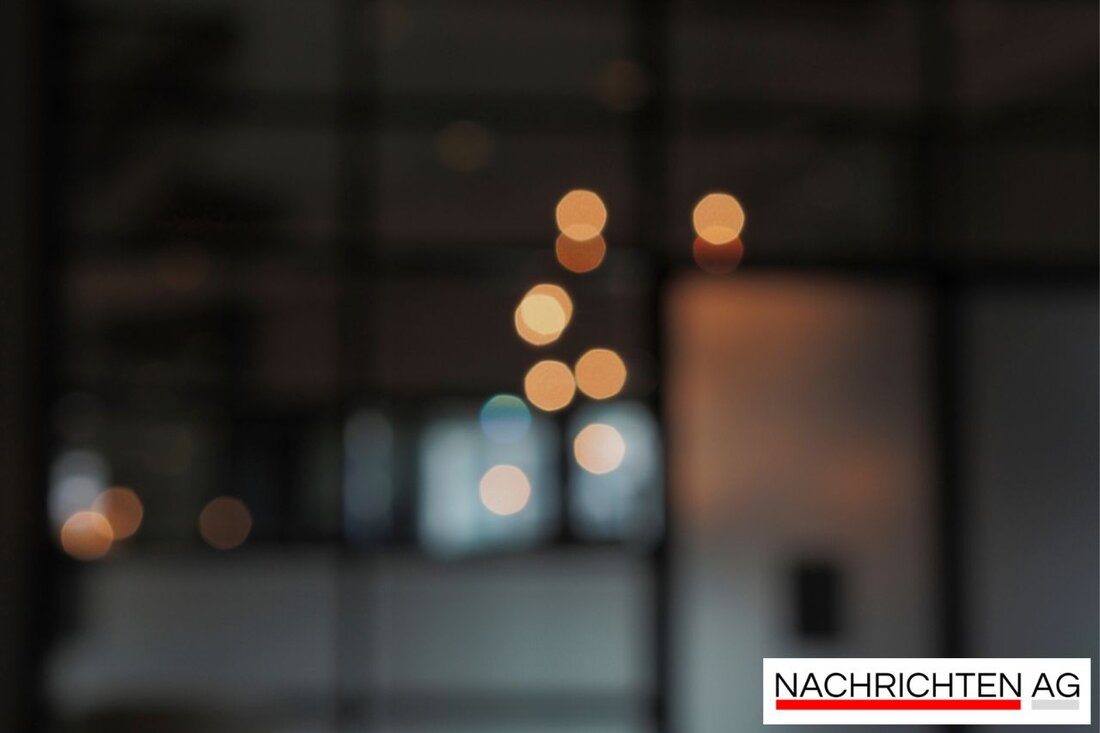Successful revitalization: How Notre Dame and Co. are shaping the future
Learn how modern technologies revitalize historic buildings, preserve ornate classics like Notre-Dame, and promote sustainable solutions.

Successful revitalization: How Notre Dame and Co. are shaping the future
The revitalization of listed buildings is without a doubt a real architectural challenge. Current projects, such as the reopening of the Notre-Dame de Paris Cathedral, impressively show how the combination of historical substance and modern requirements can lead to success. This cathedral, which has been a central building in Paris for over 850 years, was reopened on December 7, 2024 after the devastating fire of April 15, 2019, which destroyed large parts of the roof and the crossing tower. President Emmanuel Macron had promised reconstruction immediately after the fire, calling it one of the most ambitious restoration projects of modern times.
Expertise, innovation and close interdisciplinary collaboration are essential for the successful renovation of historic buildings. Civil engineers, restorers and monument protection authorities work closely together to ensure that the historic buildings are not only preserved, but also upgraded in terms of energy and functionality without losing their original character. The Notre Dame restoration included the stabilization, cleaning and detailed reconstruction of the roof structure and the crossing tower, and modern technologies such as 3D models and laser scanning were used to integrate largely original building elements.
Technological innovations in monument protection
Modern technologies play a crucial role in monument protection. Digital capture methods like that 3D scanning, enable the precise digital recording of historical buildings for analysis, planning and restoration. In this way, architectural damage and structural weaknesses can also be made visible. For example, 3D laser scanning and drone technology allow detailed documentation even in places that are difficult to access.
In Vienna, the Wien Museum was completely renovated between 2020 and 2023 and two upper floors were added. An innovative concrete cube was developed that supports the additional weight on a base in the inner courtyard. A hanging staircase made of exposed concrete, which connects the new building with the historic building, received the SOLID Bautech Prize in 2023. These measures reflect the trend in the construction industry to “recycle” historical substance during revitalization, which both reduces CO₂ emissions and contributes to the attractiveness of urban spaces, while at the same time promoting social and ecological sustainability.
Sustainability and social responsibility
The challenges in monument protection work are diverse. The need for ecological renovation is becoming more and more present, which is why aspects such as intelligent control systems and the integration of photovoltaic modules into historical buildings are becoming increasingly important. Innovative materials, such as ecological hemp or wooden elements, are increasingly being used to ensure a balance between the requirements of monument protection and energy efficiency.
As the examples from Vienna and Paris show, the revitalization of historic buildings is not only a balancing act between tradition and modernity, but also an investment in the future. Such projects preserve cultural assets and act as symbols of resilience and sustainability. There is a lot of importance in contemporary architecture, both to preserve history and to create contemporary spaces that meet the needs of today's people.

 Suche
Suche
 Mein Konto
Mein Konto